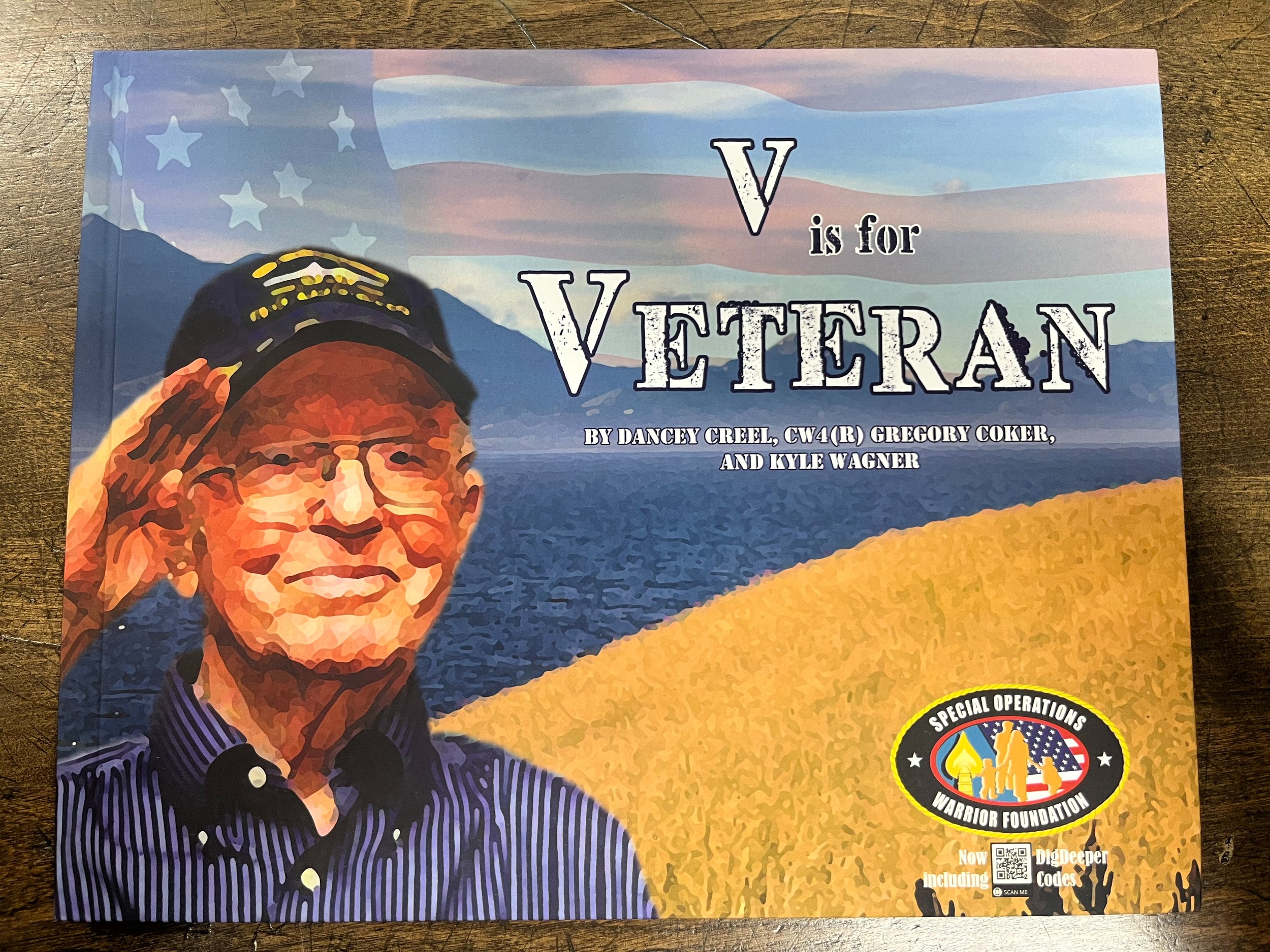The Cattle Guard
With this study the cattle guard joins the sod house, the windmill, and barbed wire as a symbol of range country on the American Great Plains. A U.S. folk innovation now in the use throughout the world, the cattle guard functions as both a gate and a fence: it keeps livestock from crossing, but allows automobiles and people to cross freely. The author blends traditional history and folklore to trace the origins of the cattle guard and to describe how, in true folk fashion, the device in its simplest form—wooden poles or logs spaced parallel over a pit in the roadway—was reinvented and adapted throughout livestock country.
With this study the cattle guard joins the sod house, the windmill, and barbed wire as a symbol of range country on the American Great Plains. A U.S. folk innovation now in the use throughout the world, the cattle guard functions as both a gate and a fence: it keeps livestock from crossing, but allows automobiles and people to cross freely. The author blends traditional history and folklore to trace the origins of the cattle guard and to describe how, in true folk fashion, the device in its simplest form—wooden poles or logs spaced parallel over a pit in the roadway—was reinvented and adapted throughout livestock country.
With this study the cattle guard joins the sod house, the windmill, and barbed wire as a symbol of range country on the American Great Plains. A U.S. folk innovation now in the use throughout the world, the cattle guard functions as both a gate and a fence: it keeps livestock from crossing, but allows automobiles and people to cross freely. The author blends traditional history and folklore to trace the origins of the cattle guard and to describe how, in true folk fashion, the device in its simplest form—wooden poles or logs spaced parallel over a pit in the roadway—was reinvented and adapted throughout livestock country.








